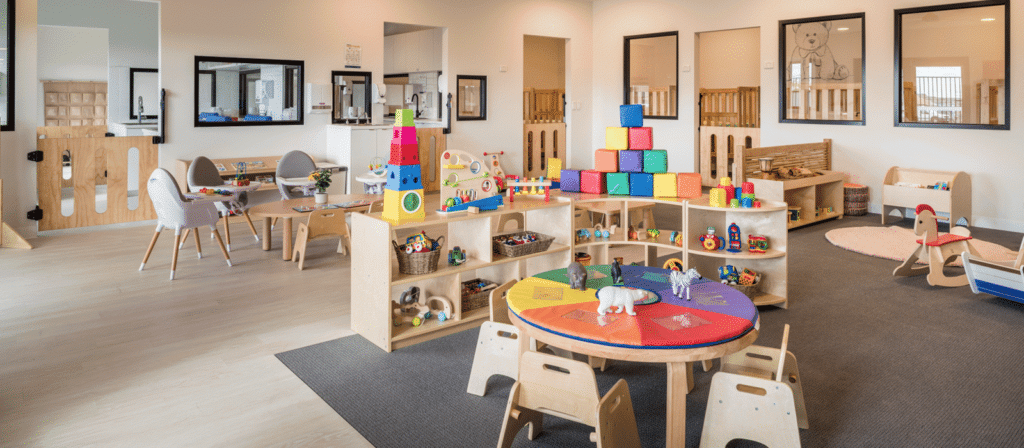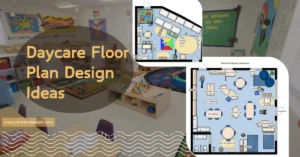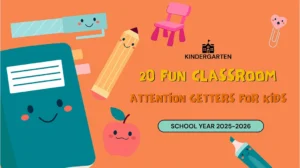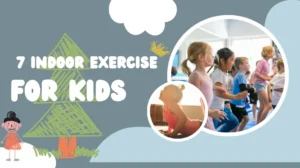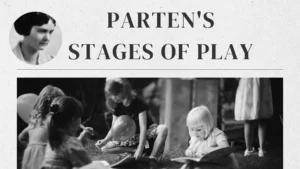Are you facing the challenge of selecting the perfect Montessori furniture for your preschool? Join us as we embark on a journey to discover the key considerations and essential factors in choosing the ideal furniture that aligns with the Montessori philosophy and creates an optimal learning environment for young children.
Choosing the Right Montessori Furniture for Your Preschool is crucial in fostering independence, promoting engagement, and supporting the holistic development of children. By selecting furniture that is purposeful, child-centered, and aligned with Montessori principles, you can create an environment that nurtures a love for learning and empowers young learners to thrive.
Why is Montessori furniture important for a preschool?
Montessori education is all about fostering independence and self-directed learning. The furniture plays a crucial role in creating an environment that supports these principles. When children have access to appropriately sized and designed furniture, they can easily move, explore, and engage with their surroundings. This promotes their cognitive and physical development, as well as their ability to concentrate and focus on tasks. So, choosing the right Montessori furniture is not just about aesthetics but also about creating an environment that fosters growth and learning.
What are the key features to look for in Montessori furniture?
When selecting Montessori furniture for your preschool, there are a few key features to consider. Firstly, the furniture should be child-sized, allowing children to comfortably sit, stand, and move around without any difficulty. This promotes a sense of independence and empowerment. Secondly, the furniture should be made from natural and non-toxic materials, ensuring the safety and well-being of the children. Additionally, the furniture should be durable and easy to clean, as preschoolers can be quite active and messy. Finally, the furniture should be versatile and adaptable to different activities, allowing for seamless transitions between learning areas.
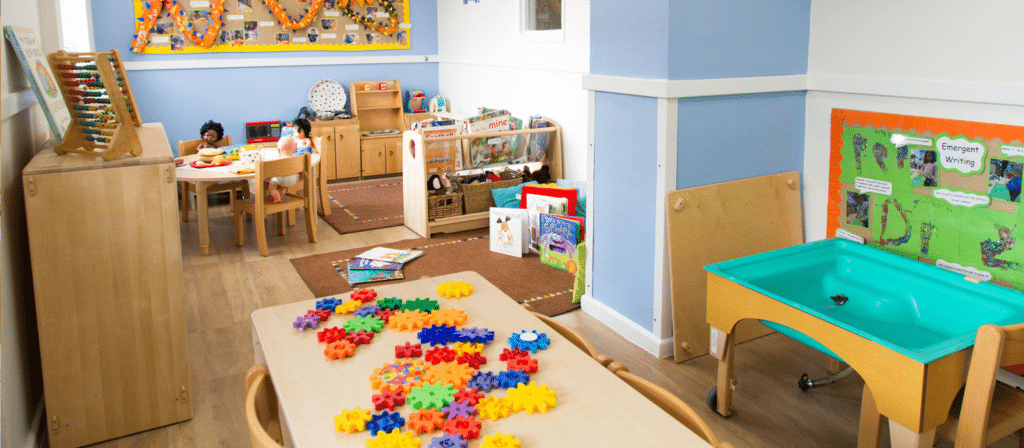
How does the design of Montessori furniture impact learning?
The design of Montessori furniture is carefully thought out to support the developmental needs of young children. For example, tables and chairs are typically low to the ground, allowing children to easily access them without assistance. This promotes a sense of autonomy and encourages children to take responsibility for their learning. Additionally, the furniture often incorporates natural elements, such as wood and soft colors, creating a calming and inviting atmosphere. These design choices help to create a positive and nurturing learning environment.
What are some examples of Montessori furniture for different learning areas?
In a Montessori preschool, different learning areas are set up to cater to various activities, such as practical life, sensorial exploration, language development, and mathematics. Let’s explore some examples of Montessori furniture for each of these areas:
- Practical Life Area:
This area focuses on developing practical skills, such as pouring, scooping, and buttoning. Furniture in this area may include child-sized tables and chairs for snack preparation, shelves for storing materials, and a low sink for handwashing. - Sensorial Area:
The sensorial area is designed to enhance children’s sensory exploration and discrimination. Furniture in this area may include low shelves with trays of various textures, shapes, and sizes, as well as floor mats for comfortable sitting and exploration. - Language Area:
In the language area, children develop their reading and writing skills. Furniture in this area may include child-sized bookshelves, low tables for writing or drawing, and comfortable reading nooks with soft cushions. - Mathematics Area:
The mathematics area focuses on introducing mathematical concepts through hands-on activities. Furniture in this area may include child-sized tables for counting and sorting, shelves with numeracy materials, and math manipulatives.
By providing dedicated furniture for each learning area, you create a well-organized and engaging environment that supports children’s learning and development.
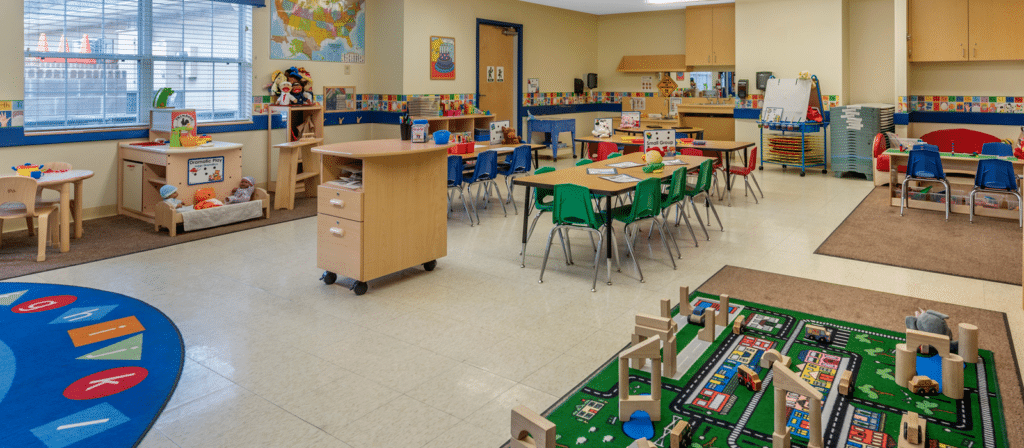
How can you involve children in the selection of Montessori furniture?
Involving children in the selection process can be a fun and empowering experience. You can invite them to test out different furniture options and provide feedback on what feels comfortable and suitable for their needs. This not only encourages their independence but also helps them feel a sense of ownership and pride in their learning space. Additionally, you can incorporate their ideas and preferences into the final decision-making process, creating a space that truly reflects their interests and personalities.
Conclusion:
By thoughtfully selecting Montessori furniture for your preschool, you create an environment that supports the Montessori philosophy and enhances children’s learning experiences. Child-sized, natural materials, open spaces, and versatile design are key considerations in choosing furniture that promotes independence, engagement, and holistic development. By investing in the right Montessori furniture, you provide children with an environment that empowers them to explore, learn, and thrive, setting the stage for a lifelong love of learning.

